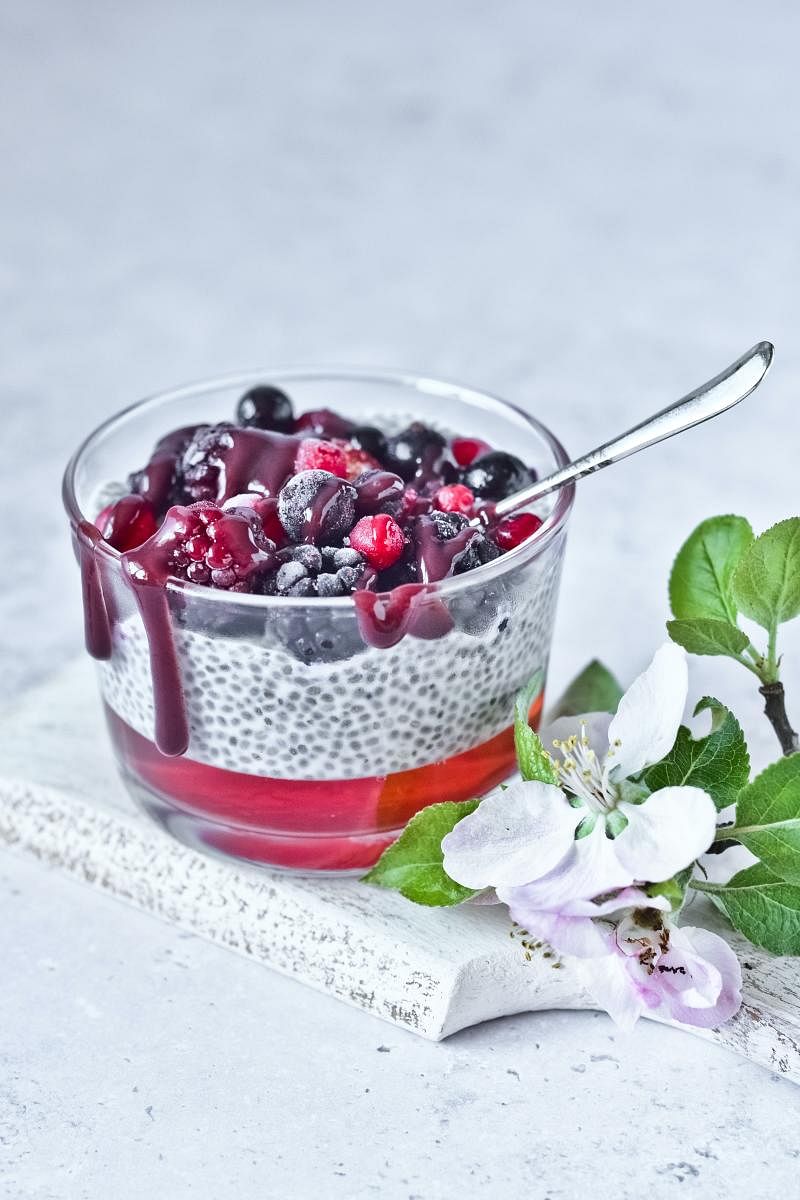
Three years ago, when seasoned hotelier Saket Gupta decided to make experiential dining in many of his properties (including those abroad) the focus of his social media strategy, the idea behind was to showcase something unique in offering. His brand, a slew of boutique properties, had gone locavore. Little did the marketing whiz realise that his shift to concentrate on food, which according to him, has played a key role in hospitality success, would, in a few months’ time, prove to be the best form of sustenance while giving them an edge that would “make diners travel to experience their offering.” That is the uniqueness of the food, he says, “it is multi-sensory. Projected thoughtfully, it not only transcends any medium — including the virtual world — but effectively too.” This perhaps explains why food has been one of the key trend makers for centuries, and the ball mark of success for the industry — at least that of food and hospitality.
Rise of the informed diner
Incidentally, Gupta isn’t alone in his renewed perception about the prowess of food, the past two years have been a lesson for many culinary minds, chefs, and diners alike in their understanding of food — by which we don’t just mean the changing preferences and dietary habits partly influenced by a growing plant-based movement, but the exploration of different regional cuisines and of food at large as well. In fact, says culinary alchemist Chef Sharad Dewan, “one of the key highlights of the past two years (and one that is likely to continue) is the rise of the informed diner who is equally fascinated by the ingredients used, their whereabouts, functional goodness and of course how well it could be incorporated into our food habits as it’s all about a beautifully plated dish and the experience.” A fact wholeheartedly corroborated by culinary gamechanger Chef Vikas Seth who finds a changed diner demography as one of the significant changes that are likely to continue. Even though novelty in food and (menu designing) remains a constant in the business of food, one of the heartening changes has been the evolution of the diner’s mindset who wants his favourites but is open to suggestions on trying something new. In fact, adds Chef Seth, “that level of acceptance to both a leaner, well-presented menu and openness towards lesser known and unexplored culinary cultures have been instrumental in nudging not just the culinary community but FMCG to explore traditional ingredients and formats that were not as welcome a few years ago.”
Concept-driven dining spaces
It is a result of these changes that plant-based restaurants like The Pet People Café, Glass, Going Bad, a sustainability-based restaurant exploring the Indo-African culinary legacy, made their debut recently making way for more unconventional, concept-driven dining spaces. For those existing, however, the change reflected in terms of menu designing, says seasoned culinary consultant Chef Pradeep Tejwani, “that used classic favourites as a mode of introduction to different ingredients, especially those that were part of the ‘superfood’ league in the past one decade. Thus, bringing back some of the traditional ingredients, techniques and eating ethos to our plates. One such dish that made its comeback into our plates were fritters made of traditional batters like pithau, mixed greens from the genre of undhiyu and the usage of fermented foods like kombucha, kadampuli, pickles and even the kali gajjar kanji in cooking.”
Flavour rules
Another culinary high that ruled the roost, and is likely to continue this year, adds culinary specialist Chef Praveen Shetty, “is the all-immersive experience when it comes to food. By that, I don’t mean the theatrics that once held centre stage, but in terms of the food itself. The way it is cooked, the freshness, the nuances and how a dish best brings out those flavour profiles to the fore, and a legacy story to bind them all.” But the most significant change has been in the food aisle. Buoyed by the new interest and easy acceptability, the FMCG segment has seen a burst of nutrient-dense, clean labels that have launched products that not only promote traditional food formats like spice mix, masalas — wet and dry — but have been successfully clearing the aisle, one guilt-free product at a time with the bonus of convenience. In fact, says Chef Seth, “it has been a year where maximum food startups have launched their product that ranges from ready to cook wet masala to cold-pressed juice with better shelf life, breakfast options that are high on wellness.” The willingness to pay for good food and products has been instrumental in not only cleansing the aisle of many a food brands that featured high on the high fat, high salt and sugar list of FSSAI but also the reworking of the labels that in the coming months will also mention the method of sourcing and stages of processing mandatory.